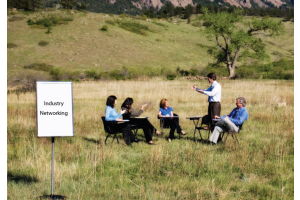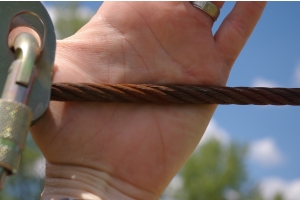Blog
-
February 27, 2016
Auto belay devices are a new safety innovation that is quickly becoming the standard for challenge courses and ropes courses. Auto belay devices use a variety of sensors to monitor the user's safety and automatically shut off the belay system if there is a fall. This provides an added layer of safety for participants, and it can help to reduce the risk of serious injuries.
History of Auto Belay Devices
The first auto belay devices were developed in the early 2000s. These early devices were bulky and expensive, and they were not widely adopted by the challenge course and ropes course industry. However, in recent years, there has been a significant improvement in the technology and design of auto belay devices. As a result, they are now more affordable, more compact, and easier to use. As a result, they are now being adopted by more and more challenge courses and ropes courses.
How Auto Belay Devices Work
Auto
-
May 03, 2015
Working at height is a common occurrence in the ropes course industry. Employees may be required to climb towers, traverse high ropes courses, or work on elevated platforms. As a result, it is important for employers to take steps to ensure the safety of their employees.
One of the most important things that employers can do is to ensure that their employees are properly trained in fall protection. Employees should be trained on how to use fall protection equipment, such as harnesses, lanyards, and lifelines. They should also be trained on how to recognize and avoid fall hazards.
Employers should also provide their employees with the proper personal protective equipment (PPE). This includes hard hats, safety glasses, gloves, and steel-toed boots. Employees should be required to wear this PPE at all times when working at height.
In addition to training and PPE, employers should also implement a fall protection plan. This plan should identify the fall hazards at the
-
February 17, 2014
Guy anchors are an important safety feature for challenge courses and zip lines. They are used to secure the cables that support the courses and lines, and they must be strong enough to withstand








